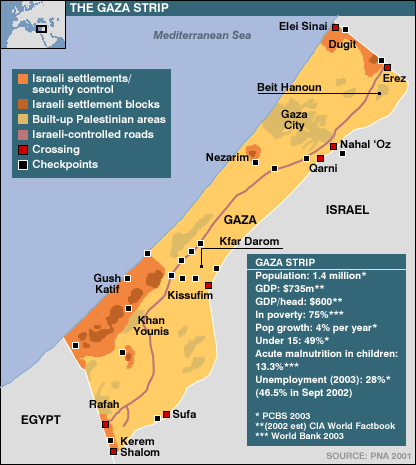Religious leaders in Jerusalem are warning of dangerous consequences after a decision by Israel's Supreme Court to allow the destruction of part of an ancient Muslim cemetery.
The graveyard has not been used for more than 50 years, but contains the bodies of some important Islamic figures.
Many of those bodies will now be disturbed to make way for a new Jewish "Museum of Tolerance".
Earlier this week hundreds of Muslims - young and old - marched through the centre of Jerusalem towards the city's Mamilla cemetery.
Police helicopters flew overhead and security was tight. The focus of the march, and of increasing Muslim anger, was the Israeli Supreme Court decision to sanction a controversial new building on part of the Muslim cemetery.
Outrage
Located just inside West Jerusalem, the cemetery is not used for burials any more but Muslim leaders made clear they still regard it as sacred, as they arrived for a rally reading verses from the Koran.
The Mufti of Jerusalem, Sheikh Mohammad Hussein, led the peaceful but passionate demonstration.
He called the court's decision an "outrage" and "disrespectful of the dead".
The $250m (£160m) complex - designed by Frank Gehry - will be built by the Los Angeles-based Simon Wiesenthal Center and is bold and ambitious.
Its sharp, futuristic lines will dominate the immediate area. In what is already a crowded city, Rabbi Marvin Hier, from the Simon Wiesenthal Center, said the museum was a sensible use of "derelict land".
"Jerusalem is a city built on top of thousands of bones - Jewish and Muslim," he said. "If we declared the whole of Jerusalem one huge cemetery, we'd never be able to build anything."
He pointed out that only part of the graveyard would be demolished to make way for the new centre.
Muslims disagree, and point out that the graveyard is still visited by the families of the dead.
"The cemetery is older than the United States - it's been used for hundreds of years," said Mohammed al-Dejani, whose great-grandfather is buried in the graveyard.
"Some of the warriors of Saladin [Muslim warrior who retook Jerusalem from the Crusaders] are buried there and other great Muslim leaders from many years ago."
Despite the strength of feeling among an increasing number of Muslims, there is no doubt that much of the cemetery is run-down.
Some graves have been vandalised - others are in a poor state of repair. The Simon Wiesenthal Center says that it will deal respectfully with any human remains it uncovers or graves disturbed by the building work.
Ruling in favour of the Simon Wiesenthal Center, the Supreme Court noted that no objections were lodged in 1960 when part of the graveyard was made into a car park.
Many of those opposed to the new building say that any proposal to build on top of a Jewish cemetery would never have been allowed.
Construction work has already begun in a corner of the graveyard. Dozens of bones have been dug up and no decision has been taken over what to do with them.
The cemetery is still a relatively quiet, peaceful place - but one which could become another dangerous flashpoint between Jews and Muslims in this divided city.





